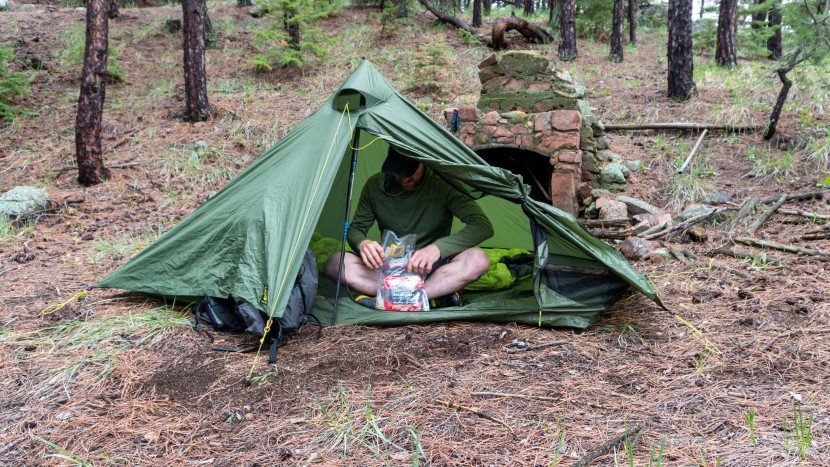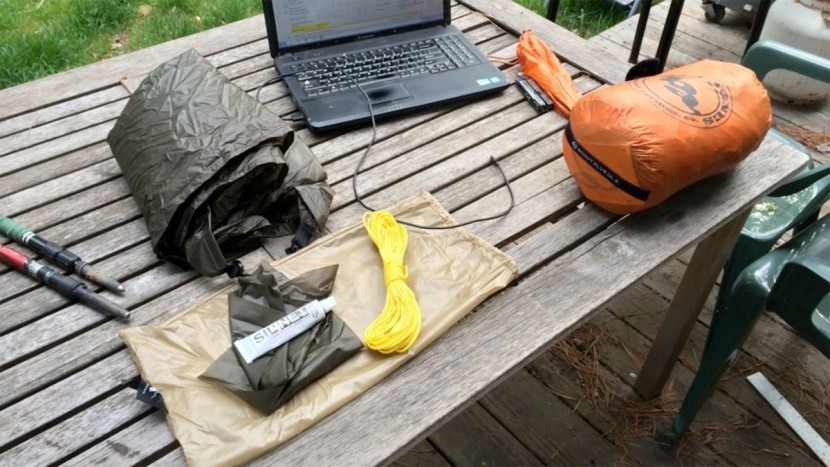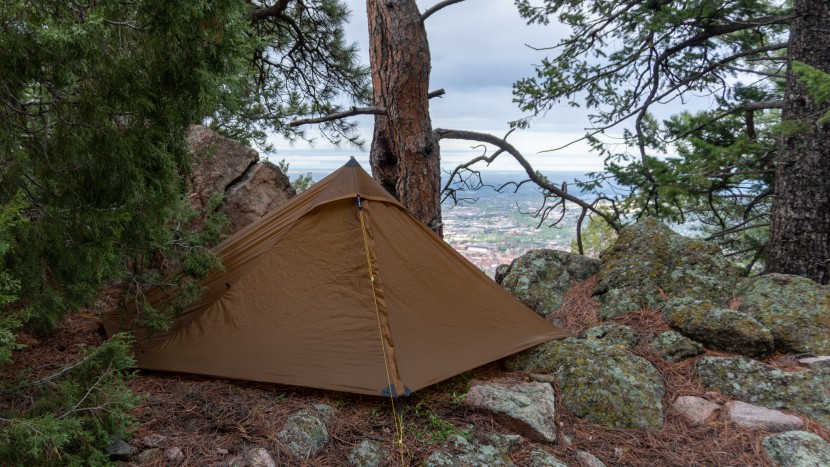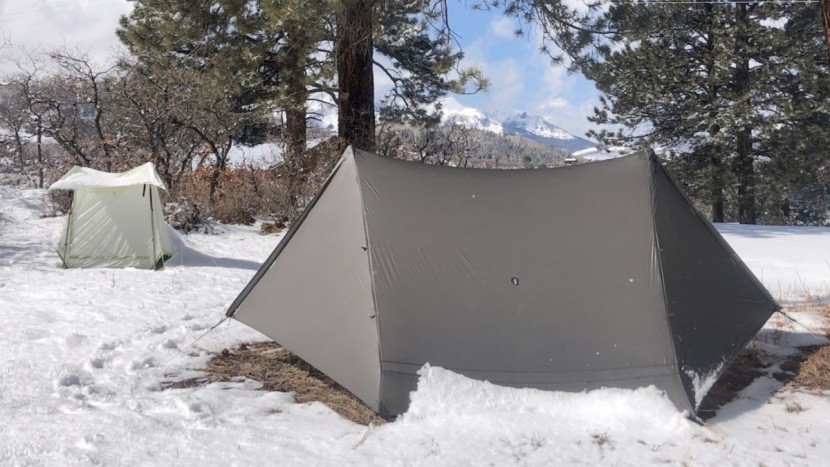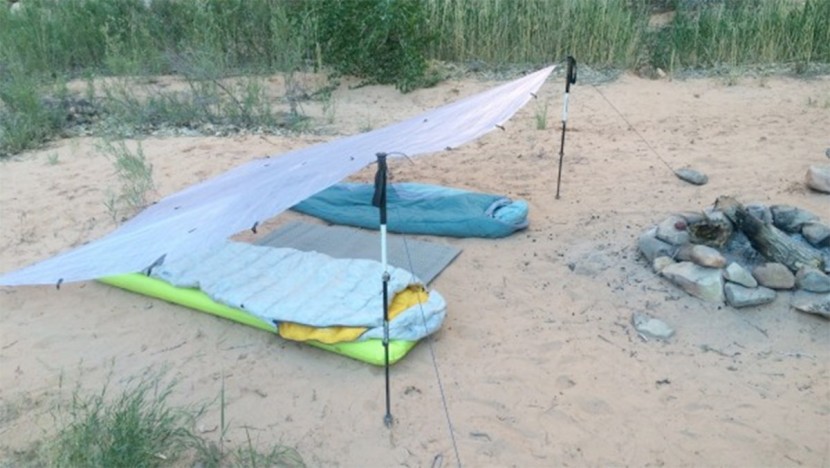We started this review over a decade ago and, since then, have evaluated 50+ different tent and tarp options. We've set them up on granite ledges in the Sierra Nevada and put the tents and ourselves through the wringer while taking on the buggy backwoods of Virginia. Fast and light bicycle trips, long alpine routes and traverses, trips along the Continental Divide Trail, and overnight running missions on the Colorado trail are different ways we've tested each shelter. Add in international and snowy action in the Nepalese and Alaskan mountains, and we are happy to say we've got a good handle on what makes a bomber ultralight shelter. Each is rated according to five key metrics.
Livability
Assessing this metric was mostly a function of using these tents while on backcountry adventures. Sleeping in them with two people revealed which ones were long enough, wide enough, tall enough, and had features that contributed to our comfort level or drastically impaired it. Since we were generally testing these shelters during the buggiest time of the year — spring and early summer — we also usually purchased and tested the modular bug netting components for those that didn't have it included.
Weight
To assess for weight, we separately weighed each shelter part, such as the stakes, tarp, guylines, stuff sacks, etc., and detailed them in our notes. We scored the tents based on their overall weight with all components, but keep in mind that some of those things can be left behind (such as extra stuff sacks or bug nets) and that some of the shelters require the additional weight of your trekking poles in order to pitch.
Weather Resistance
The main weather aspects we were most interested in were how well a tent protects from rain and wind. While we did sleep in a few of these tents during some rather intense snowstorms in the Himalayas, that isn't exactly what they do best.
During our adventures, we experienced many nights out in bad weather, but when we weren't “lucky” enough to experience a storm while sleeping in a particular tent, we made sure to take advantage in other ways to keep things equitable. When thunderstorms were impending near town, we would run down to the park and set some tents up in the gusty winds and rain to be sure that we knew which protected particularly well from the weather and which didn't.
Adaptability
For supremely adaptable shelters, like flat tarps, we made sure to play around out in the field by setting them up in as many ways as possible. We also played around with the pitch height of pyramids and by using dedicated pole tents both with and without their rain flies. We assessed how many different ways a shelter can be set up, how many different ways to use it, and how appropriate each was for different seasons and climates.
Ease of Set-Up
There's no doubt that some of these shelters had a learning curve associated with setting them up quickly and perfectly, so we made sure to withhold judgment until after a few practice rounds had taken place. Then, we timed how fast we could set up each tent alone in a windstorm, with prior knowledge of how to do so.

